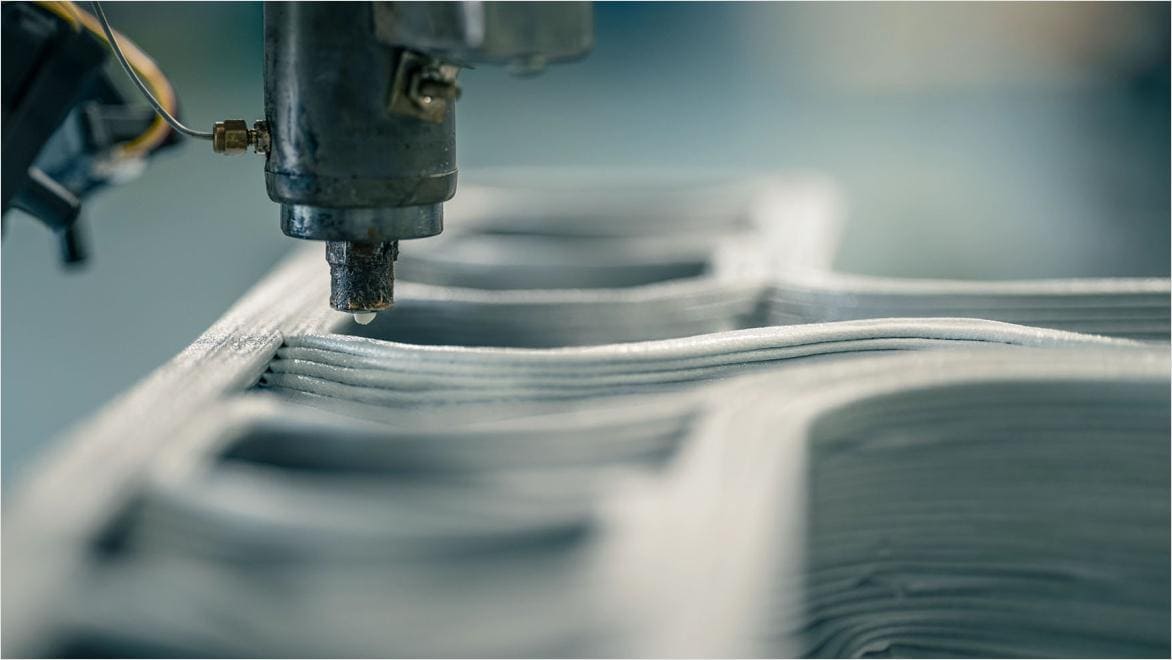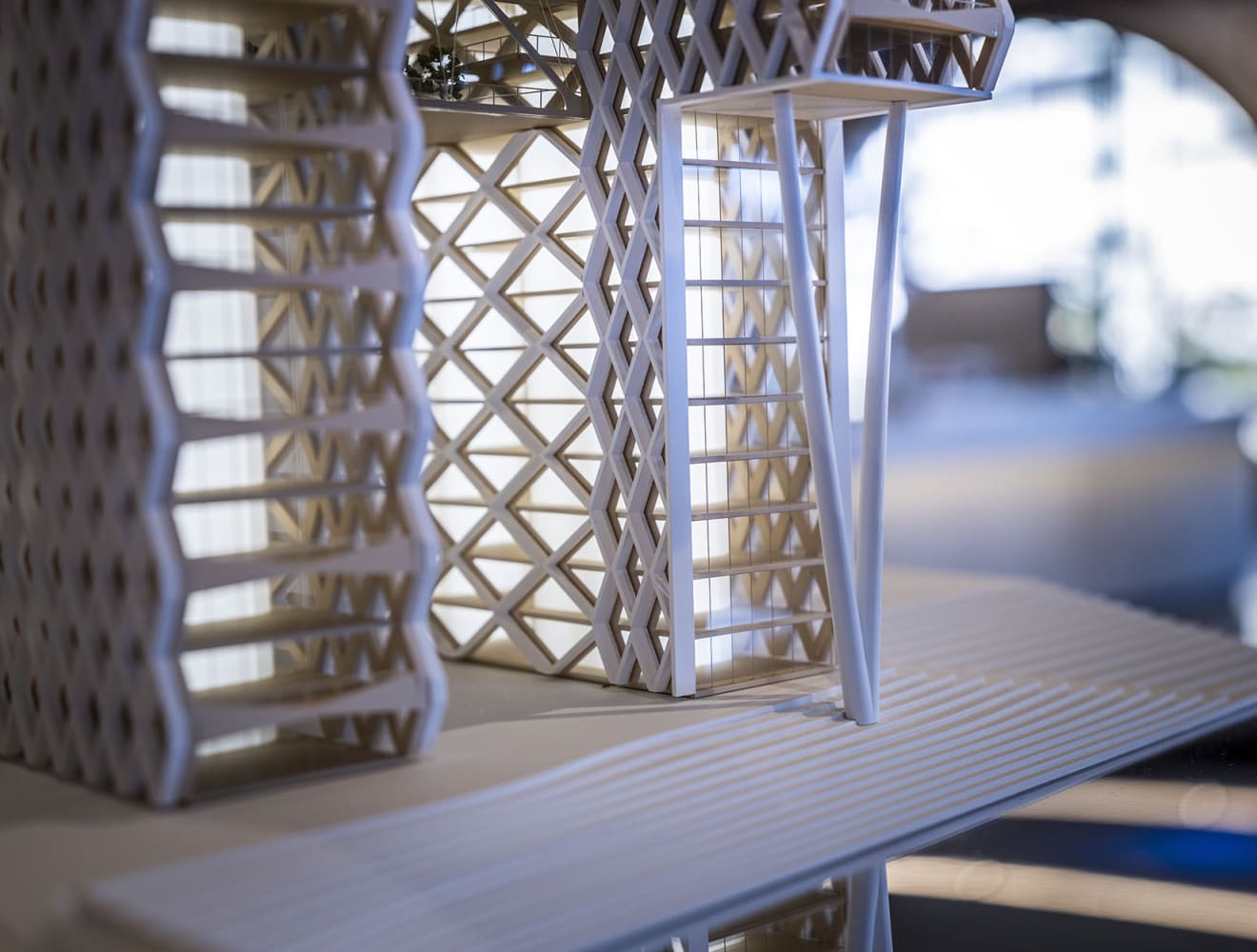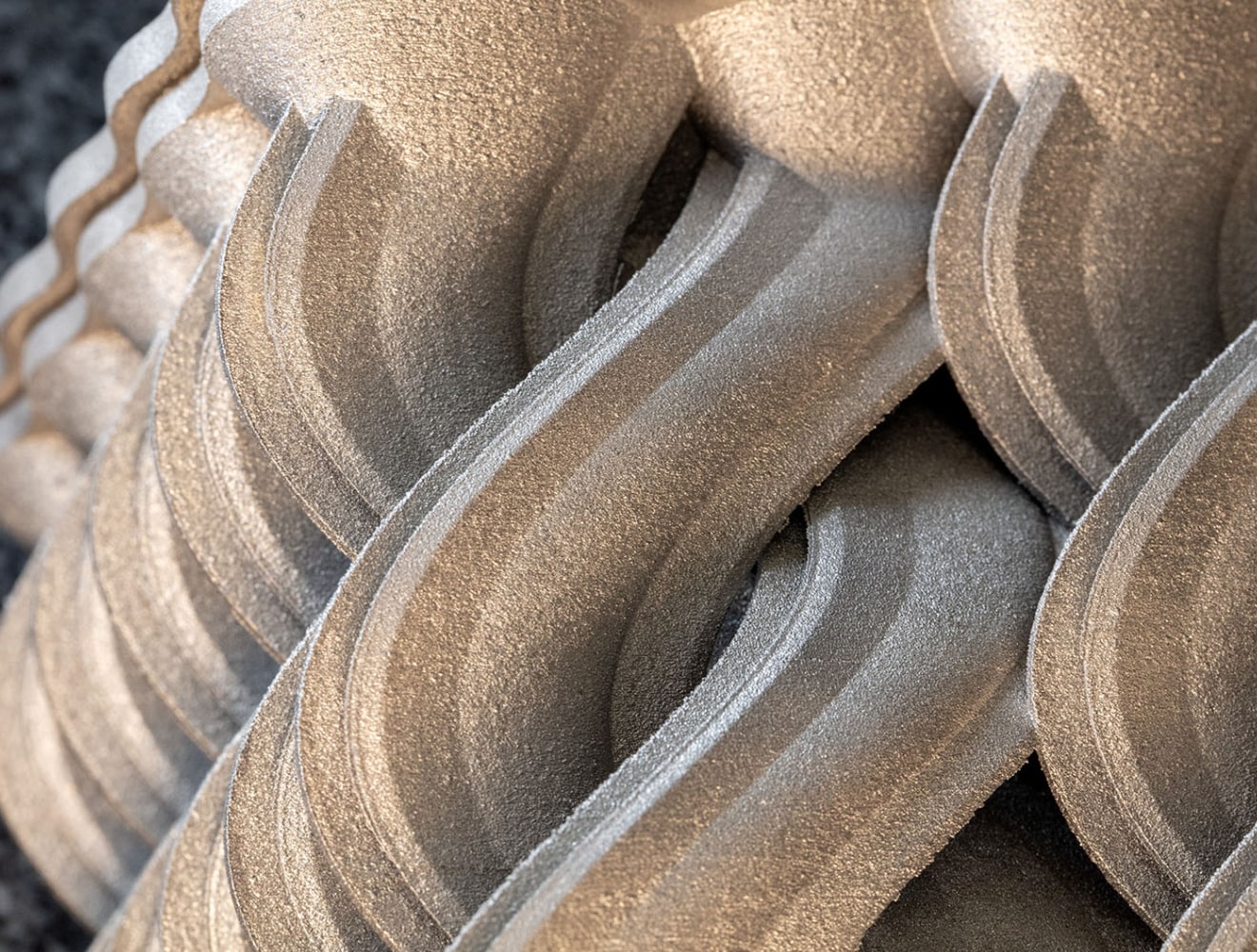& Construction

Integrated BIM tools, including Revit, AutoCAD, and Civil 3D
& Manufacturing

Professional CAD/CAM tools built on Inventor and AutoCAD
We are interested in on-site or satellite resident teams whose work spans at least one Autodesk industry, with a particular focus on thematic alignment with our internal research. Our research areas include but are not limited to AI, human-computer interaction and visualization, robotics, manufacturing, architecture, industrialized construction, and media and entertainment.
We offer on-site and satellite residencies. On-site residents work in our Technology Centers in Boston or San Francisco and have access to our studio & workshop spaces. Satellite residents can be based anywhere in the world and have access to our network of resident teams and Autodesk employees. You can find more details on our program resources below.
Global network of innovators representing industry, academic, and entrepreneurial sectors in which to find collaborators, collect feedback, exchange ideas, and build cross-industry understanding.
Advanced fabrication facilities to train on advanced industrial equipment with subject matter experts, build advanced design-to-make workflows, and prototype solutions.
Curated programming that creates opportunities to connect with Autodesk Research teams and resident teams, hear from thought leaders, share work in progress, and find needed expertise.
The Residency Program operates with a rolling enrollment process and we invite teams with well-defined projects to submit proposals at any time. We evaluate proposals against the following criteria:
While we are broadly interested in work that spans at least one Autodesk industry, we also look for alignment with Autodesk Research. Learn more about our internal research areas.
We’re particularly interested in work that explores real-world design and make challenges and solutions, with the potential to have tangible benefits on related industries and research.
We evaluate whether we have the space, equipment, and necessary expertise in our Technology Centers and Residency Program to support proposed projects.
Projects generally run between 2-12 months, though some run for longer. A minimum commitment of 2 months is required for mandatory safety training and program onboarding. Resident project reviews are conducted annually to evaluate progress including changes to the scope of the project, milestone completion, and to determine if an extension may be granted.
Resident teams vary in size depending on the scope of the project, but typically are in the range of 3-8 people. Larger organizations may dedicate a small team to focus on their residency project. Smaller organizations are recommended to have at least two people working on a project to ensure that they can safely operate in the Technology Centers. All team members must be 18 years of age or older.
The Residency Program welcomes on-site teams who are co-located to our Technology Centers in Boston or San Francisco, or plan to travel to one of those locations. We also accept remote residency proposals from teams who wish to engage with the Residency Program in a satellite capacity and do not plan to come onsite.
Accepted teams must provide a certificate of insurance (COI) that reflects our minimum coverage requirements.
Resident teams are expected to be actively engaged in the Resident community. This includes attending in-person or virtual programming, talking to visiting tour groups, sharing expertise with other community members, and participating in our internal communication platforms.
Proposals should include a well-defined project or area of research, with an associated timeline and milestones that the team aims to achieve while in the program. While the Residency Program can accommodate project changes, knowing specifics helps us to evaluate and plan effectively. If your work is highly technical, it is useful to provide context for how the technology will be applied and what impact it stands to have on design and make industries.
Applications should include details as to space requirements, equipment needs, and level of training of team members. A full list of equipment available at the Technology Centers is available here.
If you have any additional materials you would like to share (e.g., portfolio of previous work, slide deck about the project), please include those with your application.
Proposals are reviewed at the beginning of each month and decisions are typically communicated within 4 weeks of receipt. During this time, we may reach out for further clarification on your proposal or invite you to speak with our team further, so plan to respond accordingly.
If you don't find the information you're looking for here, please reach out to research.residency.program@autodesk.com.
Access to our global network of innovators, online and in-person programming, and our fabrication facilities is free. The cost of required insurance for on-site teams and materials for fabrication are the responsibility of the resident team.
No. We don’t invest in projects or acquire companies. We host startups but provide support through different resources. Many of our startup teams join us in parallel to a startup incubator or accelerator. If you're part of a non-profit or startup, you can also look into the Autodesk Foundation to see if your project is a fit.
Your team’s IP belongs to you. Autodesk has no ownership of the work that is done in our space. If IP is sensitive to your team, it is your responsibility to manage that in a way that feels comfortable. Our space is open and visible by design, so this is helpful to consider.
The short answer is: it depends. If it’s integrating with Autodesk products and is fabrication-focused, it may be a good fit for us. If it’s solely focused on the integration, Autodesk Developer Programs may be a better fit.
You can find our equipment gallery here. You can also learn more about the Technology Centers' capabilities on their web page.
No. Resident teams are encouraged to leverage equipment in the Technology Centers, but only within the focus of their proposed project.
Accepted residents are required to sign team- and individual-level agreements and complete onboarding forms. On-site resident teams are also required to complete online and on-site general safety and equipment-specific training.
You can click directly to our residency proposal application here.






